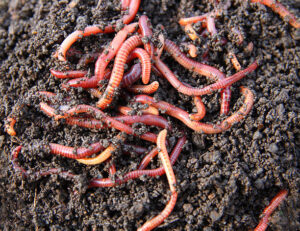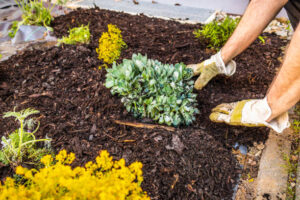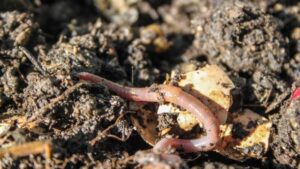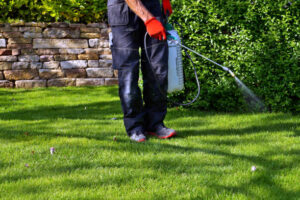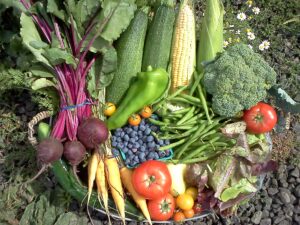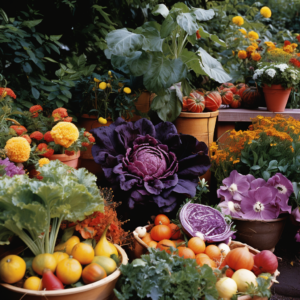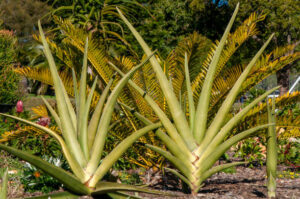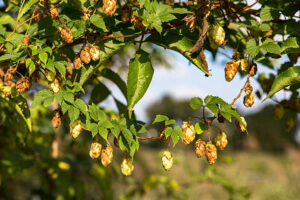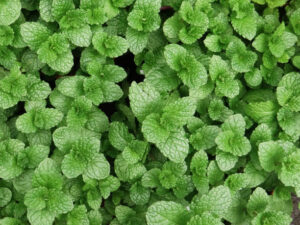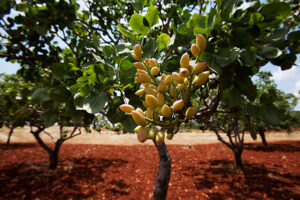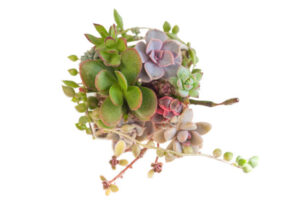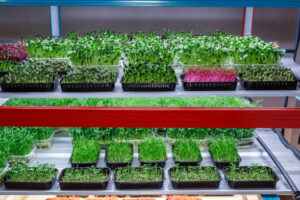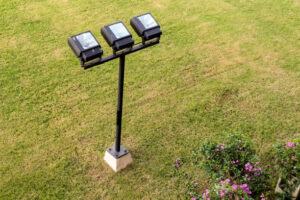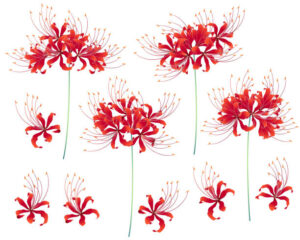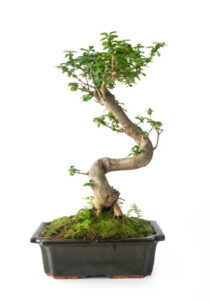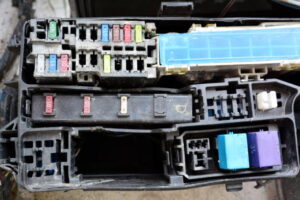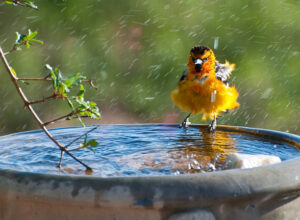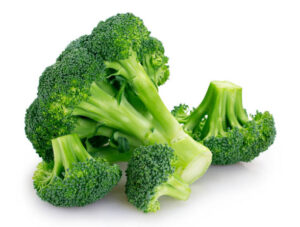Digging Fork: A Versatile Tool for Gardeners
Introduction
In the world of gardening, having the right tools can make all the difference between a laborious chore and a satisfying activity. One such tool that every gardener should have in their arsenal is the digging fork. Versatile, durable, and indispensable, the digging fork is a must-have for anyone who loves working the soil and tending to their plants. In this guide, we’ll explore the various uses, benefits, and tips for using a digging fork in your garden.
Understanding the Digging Fork
A digging fork, also known as a garden fork or spading fork, is a hand tool with a handle and several pointed tines or prongs attached to a sturdy metal head. Unlike a traditional shovel, which has a flat blade for digging, the digging fork’s tines are designed to penetrate and loosen compacted soil, making it easier to aerate, cultivate, and transplant plants. Digging forks come in various sizes and configurations, with differences in handle length, tine shape, and overall weight to suit different gardening tasks and user preferences.
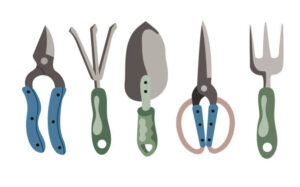

Uses of a Digging Fork
Loosening Soil: One of the primary uses of a digging fork is to loosen and aerate the soil in preparation for planting. By inserting the fork into the ground and gently rocking it back and forth, you can break up compacted soil and create a more hospitable environment for plant roots to grow.
Turning Compost: Digging forks are also excellent tools for turning compost piles. The sharp tines can easily penetrate through layers of organic matter, allowing you to mix and aerate the compost for faster decomposition and nutrient release.
Harvesting Root Crops: When it’s time to harvest root vegetables such as potatoes, carrots, or beets, a digging fork can be invaluable. Use the fork to gently lift the soil around the base of the plants, loosening the roots and making it easier to harvest without damaging the crops.
Dividing Perennials: Digging forks are handy for dividing and transplanting perennial plants. Insert the fork around the base of the plant and gently pry it from the ground, taking care to preserve the root system. This allows you to propagate and replant your favorite perennials to expand your garden or share with friends.
Read More: Best Landscaping and Design Books: Transforming Your Yard
To use a digging fork effectively, begin by inserting it into the soil around the base of the plant you wish to divide or transplant. It’s important to start a few inches away from the plant to avoid directly hitting the roots. Push the fork into the ground, ensuring it penetrates deeply enough to get beneath the root system. Once the fork is in place, gently pry the plant from the ground by applying even pressure on the handle. This action helps to loosen the soil and free the roots without tearing them apart.
Dividing perennials with a digging fork is a great way to propagate your favorite plants and expand your garden. Over time, many perennials become crowded and need to be divided to maintain their health and vigor. Dividing these plants not only helps them grow better but also gives you additional plants to replant in other areas of your garden or to share with friends and neighbors. This practice is especially beneficial for plants like hostas, daylilies, and ornamental grasses, which can form large clumps that benefit from periodic division.
When dividing perennials, it’s essential to choose the right time of year. The best times are typically early spring or fall when the plants are not in active growth. This reduces stress on the plants and increases the chances of successful transplantation. After lifting the plant with your digging fork, gently shake off excess soil to expose the roots. You can then use a sharp knife or spade to divide the root clump into smaller sections, each with a healthy portion of roots and shoots.
Once you have your divisions, it’s time to replant them. Prepare the new planting site by loosening the soil and adding compost or other organic matter to improve soil fertility and drainage. Dig a hole large enough to accommodate the root system of the divided plant, place the plant in the hole, and backfill with soil. Firm the soil around the roots and water thoroughly to help settle the soil and eliminate air pockets. Mulching around the base of the plant can help retain moisture and suppress weeds.
Sharing divided perennials with friends and neighbors is a wonderful way to spread the joy of gardening. It can also help to introduce new plant varieties into your garden. Plants that are healthy and well-cared for will adapt more readily to their new locations, making the effort of dividing and transplanting worthwhile.
In addition to dividing perennials, digging forks are also excellent for other gardening tasks, such as aerating soil, turning compost, and harvesting root vegetables like potatoes and carrots. Their versatility makes them a must-have tool for any serious gardener.
In conclusion, digging forks play a crucial role in maintaining the health and vitality of your garden. By using them to divide and transplant perennials, you can propagate your favorite plants, expand your garden, and share your gardening successes with others. With proper technique and timing, you can ensure that your perennials thrive and continue to beautify your garden for years to come. Whether you are an experienced gardener or a novice, a good quality digging fork is an investment that will yield significant benefits, enhancing your gardening experience and the health of your plants.
Benefits of Using a Digging Fork
Improved Soil Structure: By aerating and loosening the soil, digging forks help improve soil structure, drainage, and nutrient uptake for healthier plants and better garden yields.
Reduced Strain: The ergonomic design of digging forks, with their long handles and lightweight construction, helps reduce strain on your back and joints during prolonged use, making gardening tasks more comfortable and enjoyable.
Versatility: From soil preparation to harvesting and transplanting, digging forks are versatile tools that can handle a wide range of gardening tasks with ease, eliminating the need for multiple specialized tools.
Longevity: Well-made digging forks are built to last, with durable metal heads and sturdy handles that can withstand years of use in the garden. With proper care and maintenance, a digging fork can be a lifelong companion for any gardener.
Conclusion
A digging fork is an indispensable tool for gardeners of all skill levels, offering versatility, durability, and ergonomic comfort for a wide range of gardening tasks. Whether you’re aerating soil, turning compost, or harvesting crops, a digging fork can help you accomplish your gardening goals with greater efficiency and ease. Invest in a quality digging fork today and experience the satisfaction of working the soil and nurturing your garden with precision and care.



